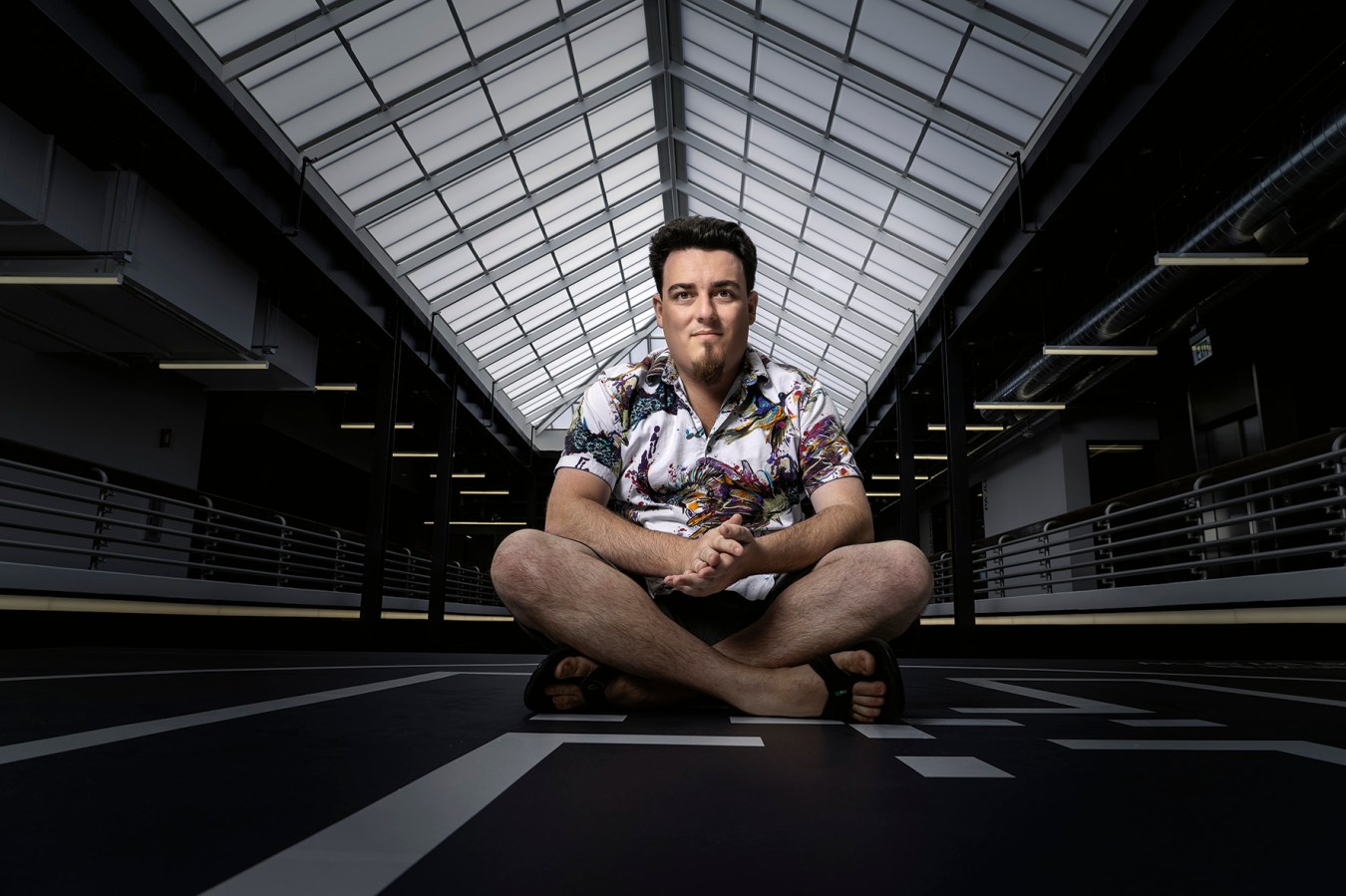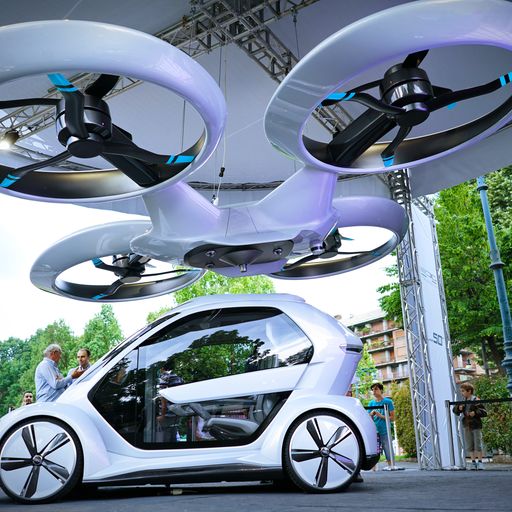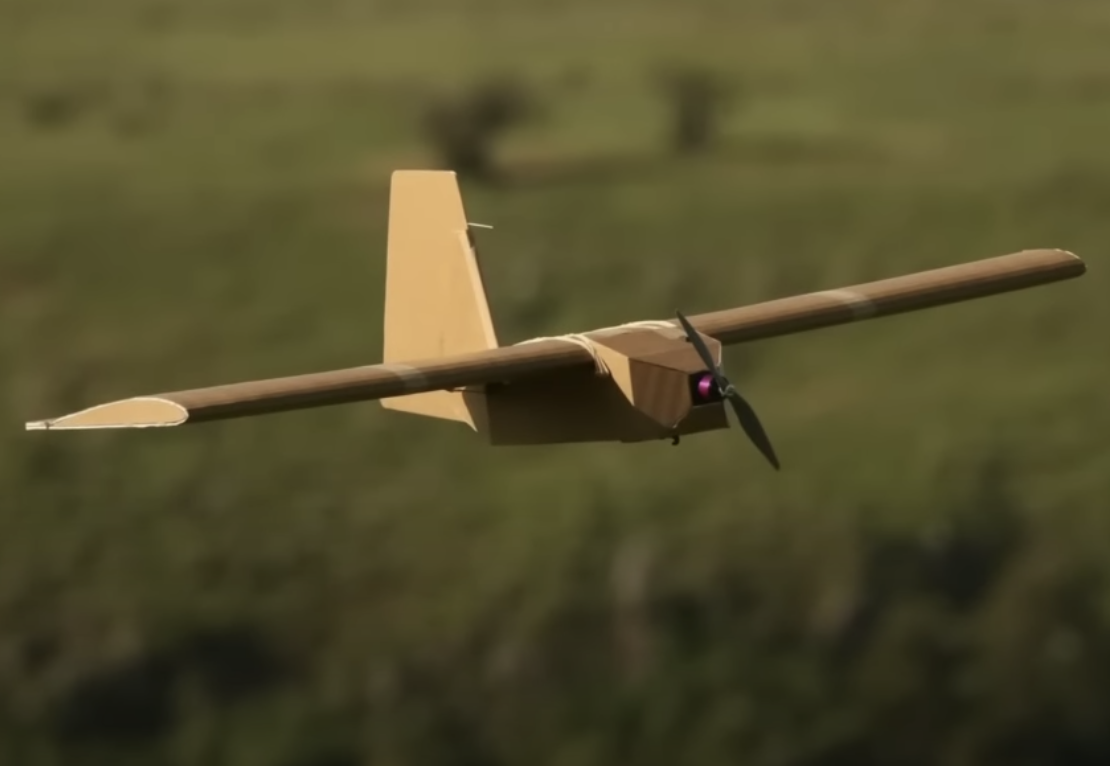It’s going to take 30 years and up to $368 billion for Australia to get just eight nuclear submarines. That’s a problem. Local start ups have a thousand solutions.
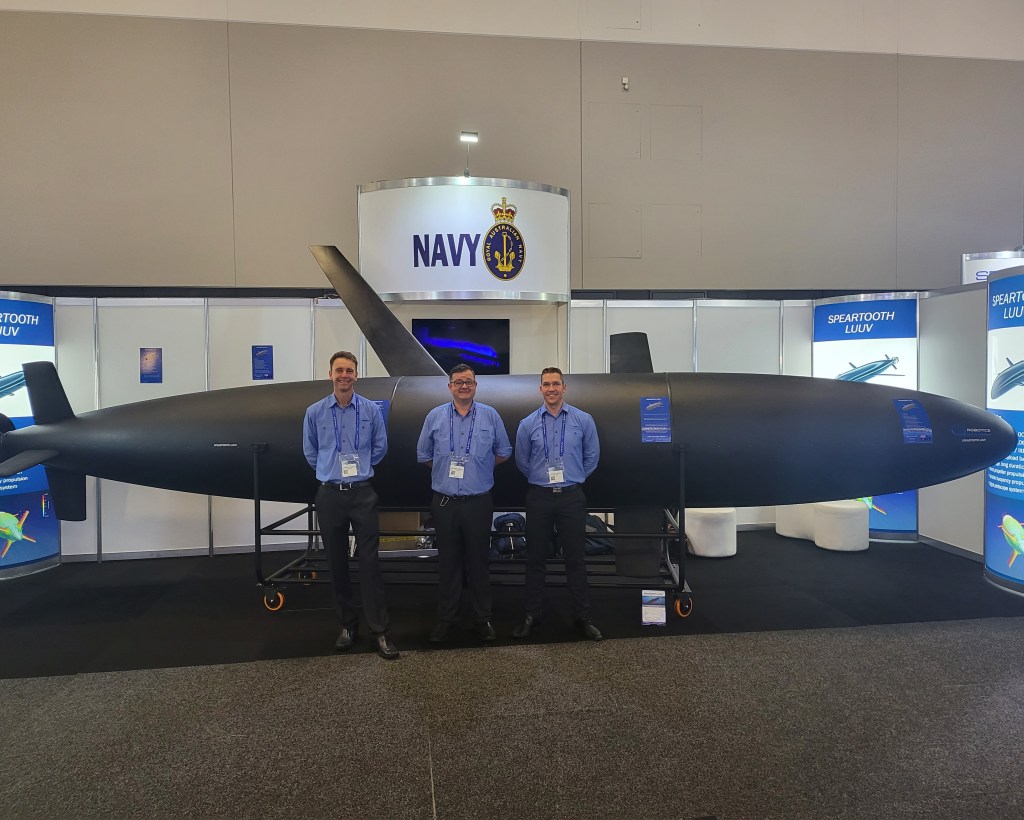
Key Takeaways
- Melbourne-based startup C2 Robotics is developing a low-cost robotic submarine called Speartooth that could bolster Australian naval defence.
- Speculation suggests the eight nuclear submarines planned by Australia, costing up to $368 billion and expected in the 2040s, might be obsolete or too precious for deployment by their launch.
- Speartooth, a comparatively cheaper and swifter solution, is designed for mass production and can be deployed for various strategic missions, with a range of 2000km and maximum depth of 2km.
- C2 Robotics plans to start production of these submarines by the end of the year, competing with other companies like American Anduril and Trusted Autonomous Systems, developing similar underwater autonomous systems.
- The founders of C2 Robotics believe the vision of their project aligns with the changing warfare landscape that emphasizes the importance of high-volume, low-cost, and autonomous systems.
Tom Loveard doesn’t want to say what the Speartooth robotic submarine might be used for. That’s for the Royal Australian Navy to decide, but the C2 Robotics chief technology officer would like to see them deployed in very large numbers for not much money.
Even if the volumes were much lower than the thousand-odd of his dreams, he’d still like to think the company he co-founded in Melbourne’s Tullamarine could deliver them for less than $1-million each and solve an enormous problem for the defence of Australia.
Some have speculated that nuclear submarines will be obsolete by the time the Australian-made SSN-AUKUS subs start sliding down the slipway in Adelaide in the 2040s. By the 2050s, Australia plans to have eight nuclear submarines costing up to $368 billion – or $46 billion each. And if they’re not obsolete, they’ll be so precious that the military will not dare deploy them to danger zones.
Related
That’s where the 50,000-times cheaper, 8-metre long, one-metre diameter subs that look like a large, black torpedo might come in handy. They are already being tested in the water by the RAN. It has been speculated the Speartooth could be used in swarms as anti-shipping kamikaze weapons. Or it could move slowly and silently into strategic positions to observe shipping movements, map sensitive areas of the ocean floor, or lay mines.
They can be launched from other vessels and have a range of 2000km with a maximum depth of 2km.
C2 is well ahead of the American company Anduril which is building three much larger, bus-sized autonomous subs, the Ghost Shark in Australia, as featured in the latest edition of Forbes Australia. The American defence disruptor founded by 30-year-old billionaire Palmer Luckey signed its deal with the RAN in May 2022, and is due to deliver its first prototype in mid-2024.
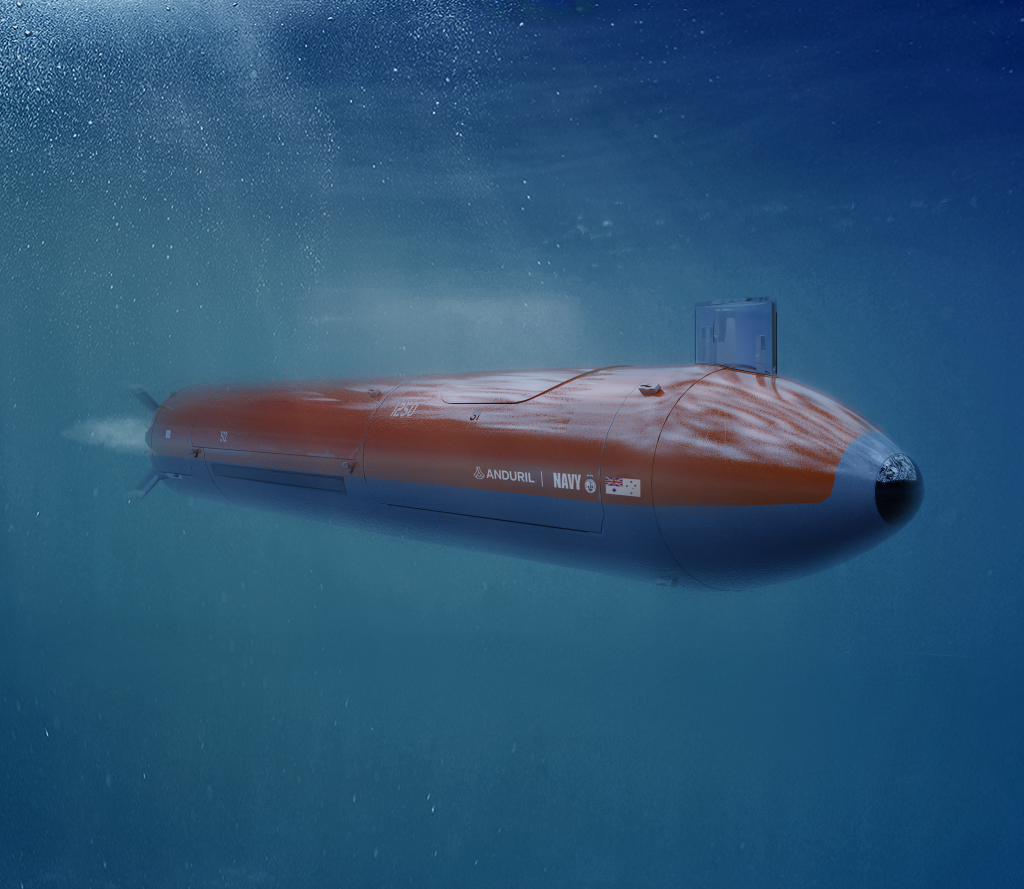
C2 intends to have a production candidate by the middle of this year and be ready to go into production by the end of the year, says Loveard. “The design to support larger volume production is well progressed. Full cut over to production scale manufacturing will be somewhat dependent on the customer side which I can’t make comment on at this point.”
Another robotic sub, the 12-metre SeaWolf, is being developed by the Brisbane-headquartered Trusted Autonomous Systems in collaboration with Canada-based Cellula Robotics. They also announced a deal with the Navy in May 2022. Trusted Autonomous Systems declined to speak about the project.
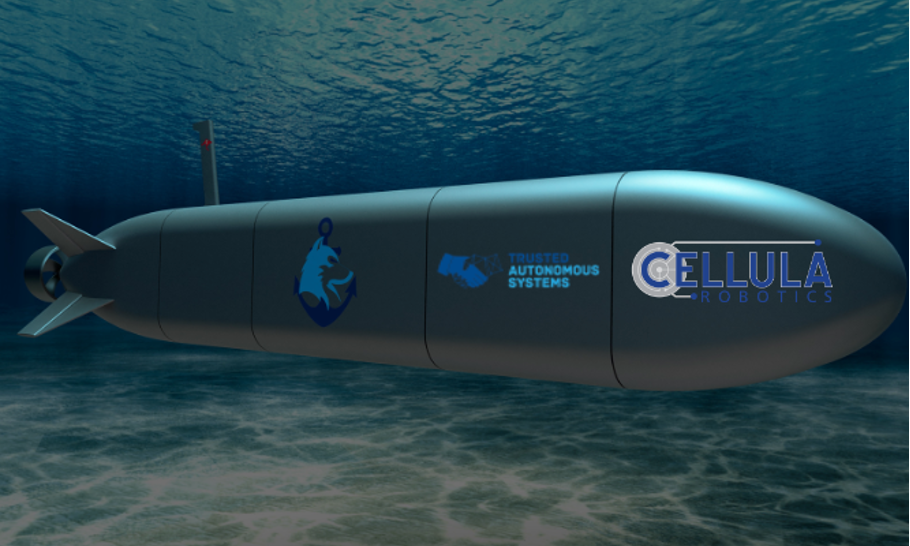
Small, Smart, Many
Loveard was a co-founder, and chief technology officer, of the Australian defence success story Sentient Vision Systems, having done his PhD in AI in the early 2000s. C2 co-founder Daniel Neish had joined Sentient in its early years and went on to co-found Sentient Bionics. They sold most of their stakes in the companies in 2020.
The career of their C2 Robotics co-founder, CEO Michael Bailey, started in motion-picture cinematography. A project he worked on, the Helicam (a remote-controlled helicopter equipped with a 35mm-film camera) won an Academy Award in 2014 for technical achievement. In 2006, Bailey founded UAV Vision (later rebranded as Ascent Vision Technologies Australia) which made gyro-stabilised vision systems for manned and unmanned craft. It was bought by US defence giant CACI in 2020.
Together, the three founders had money to spend and wanted to do something in defence.
“When we looked at Australia’s needs – the asymmetric, robotic warfare systems’ potential to fill gaps – we saw there were two standout areas,” recalls Loveard. “One was in high-volume, low-cost precision-guided weapons. And the other was that the traditional undersea warfare capability had a very, very high cost and a long development cycle.”
Cheap AI subs that could be built quickly appeared to be the answer. And that was before the Morrison government cancelled the French Attack-class submarine deal in 2021. After the announcement that Australia was going to go with nuclear-powered subs at a cost of up to $368 billion over 30 years – and that the first would not be in the water until the 2040s – the need for such a near-term option became more pressing.
“It was already the case with the previous Attack-class sub proposal that it wasn’t going to be in our waters for decades,” says Loveard.
“And post the Ukraine war, the world realised that industrial scales and quantity really do matter. These were things we were aware of before this, but it’s become obvious to a much broader audience now. It plays out well that our intuitions circa 2020 have proved to be fairly prescient.”
Tom Loveard, C2 Robotics
C2 Robotics had been entirely self-funded until it signed a $4.6 million deal with the federal government in January 2022 – four months after the French deal was torn up.
C2 Robotics’ slogan “Small, Smart, Many”, defines the ambition of the founders. “We were in a position where we had the ability to do things that set a big vision rather than worrying where the money was going to come from today or tomorrow,” Lovared says. “We wanted to build the products and technology systems we felt the country really needed. This was one that really stood out. It was piece of critical enabling technology that we felt very passionate about.”
C2 Robotics has “just under 20 staff”, he said. “We’ve got zero sales and marketing. We’re very heavily engineering slanted.”
Both Anduril and C2 Robotics stress that they don’t see each other as competitors. “We love those guys,” says Anduril Australia’s CEO David Goodrich. “If we’re going to defend freedom and democracy, Anduril can’t do it on their own.”
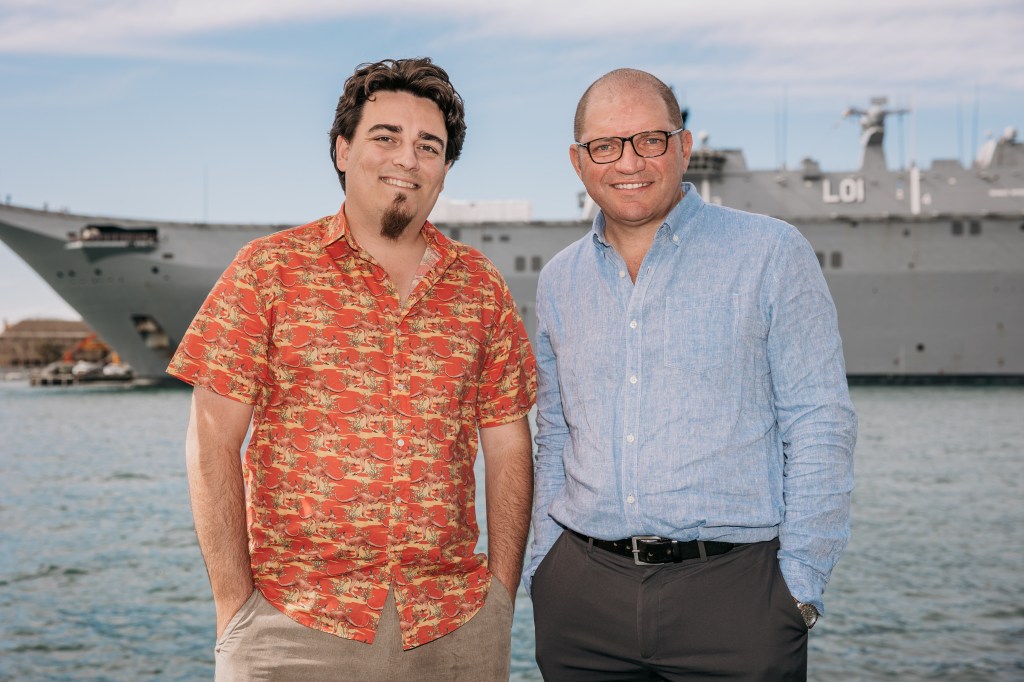
Loveard says Anduril’s Ghost Shark is a much larger system, designed to do different things to Sea Wolf and Speartooth. “We see ourselves as a long-range, low-cost payload delivery system that can be mass produced very soon. Navy has got their own thinking on how it might be used, and I don’t want to put words in their mouth.” Defence did not respond to Forbes Australia’s questions on the subject.
Loverard did not want to talk about how many Speartooths they could produce either. “But the whole vision was from the outset that if we have even a few dozen of these, it’s not going to make much difference. Sure they will be able to do interesting things in isolation, but the power of these systems comes when there’s many hundreds if not thousands of them. The price would be such that a country like Australia could very much afford to have systems like this in that kind of volume. That’s the vision.”
Forbes Australia Issue Five is out now. Tap here to secure your copy and membership.
